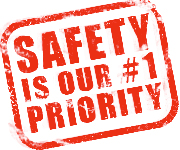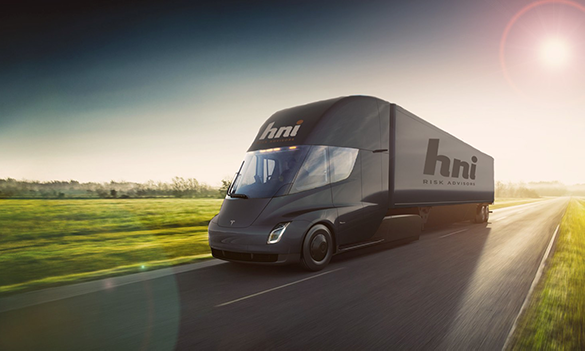In the modern age of technology and innovation, the trucking industry has seen a significant shift towards the use of data and analytics to improve safety and increase efficiency.
As truck companies face ever-increasing competitive pressures and rising safety concerns, the importance of utilizing data to gain a competitive edge cannot be overstated. In this blog post, we will explore how truck companies can use data to position themselves uniquely, gain competitive advantages, and reduce the risk of accidents on the road.
.png?width=69&height=53&name=Acrisure%20Logo%20(White%20Horizontal).png)

.png)







